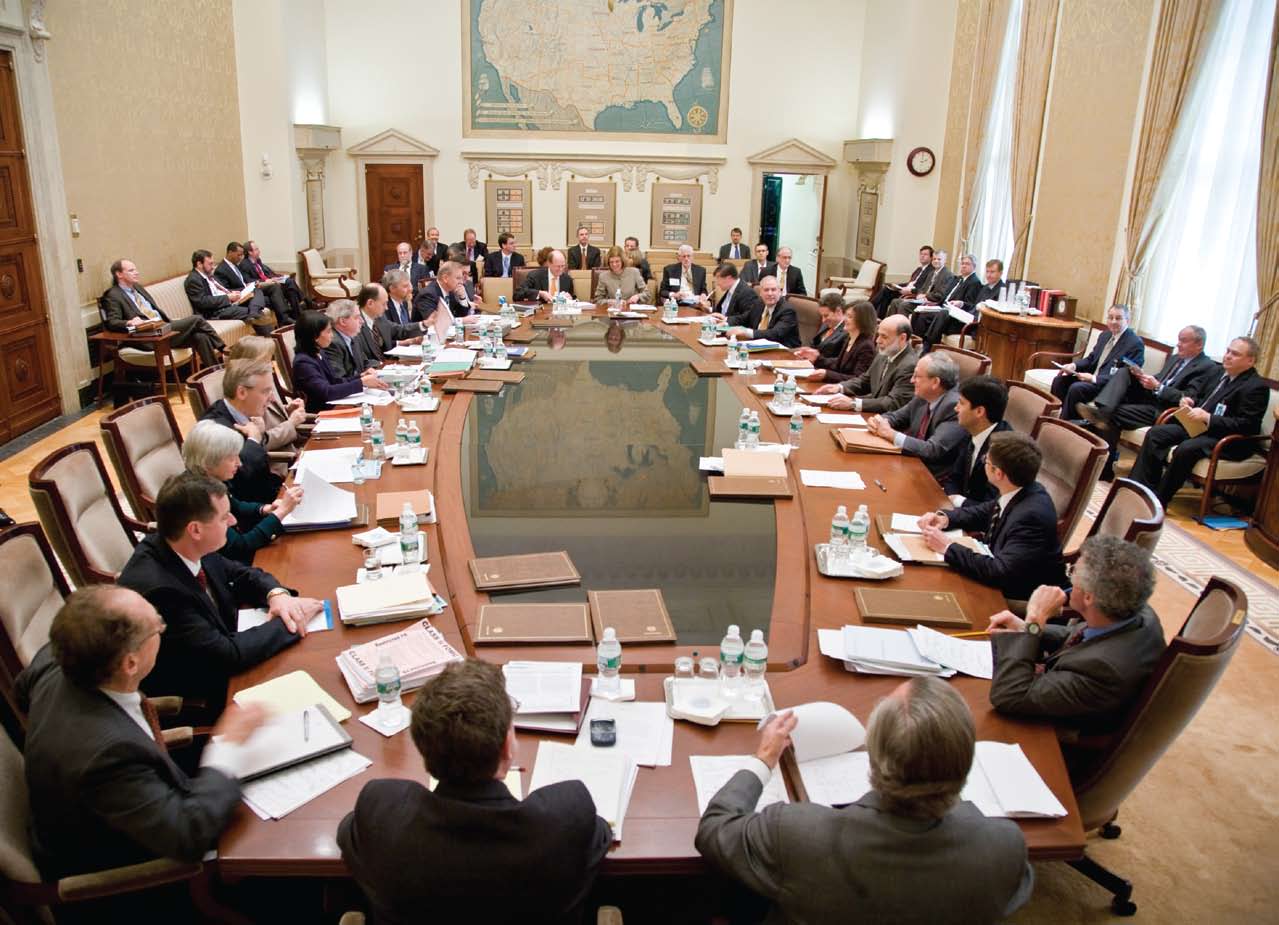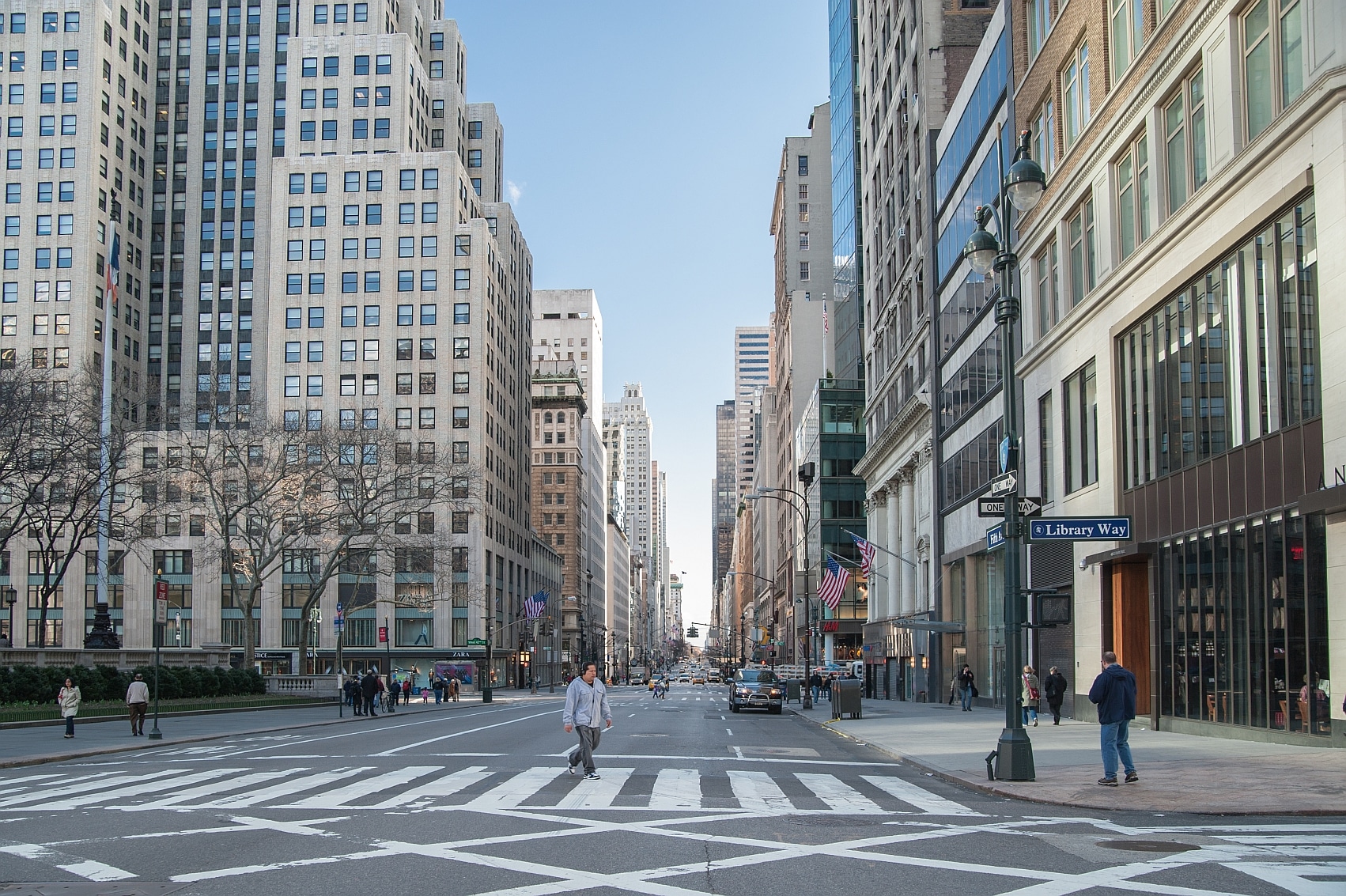US indices are renewing all-time highs amid continued ultra-soft monetary policy from the Fed and an excellent corporate reporting season. Now, more than 90% of American companies included in the S&P 500 index have already published their reports, while the results of more than 95% of issuers have exceeded market expectations. Against the backdrop of low bond yields and improved EPS estimates for the next quarter, US stocks continue to retain their investment appeal. As long as this situation persists, investors remain long, buying out any correction. Markets can remain irrational for long periods of time, but perpetual growth is unlikely. Investors should watch more closely three macro factors that could change the favorable investment environment.
First, it is worth considering the risks of a slowdown in US demand growth. The first half of this year saw a staggering increase in demand, fueled by both fiscal stimulus and the easing of restrictions related to the Covid pandemic. The statistics for the second quarter confirmed this thesis. Personal consumption of Americans in the last quarter grew by 12% compared to last year, and the growth in demand for services has finally caught up with the consumption of goods. At the same time, it should be noted that the figures on the dynamics of quarterly GDP did not reach the market consensus, since the accumulated reserves were directed to meet the increased demand, and not the products of new production.
We are not saying that the US economy will slow down, but, on the contrary, we predict that growth in the US should remain above average for some time and this situation is unlikely to interfere with the bull market as a whole. It is no secret that financial incentives in the United States will soon be phased out, but the purchase of assets from the market will be replaced by a multi-year government program to support the national economy. A $ 1 trillion infrastructure plan was recently adopted, and a $ 3.5 trillion social program is under discussion. However, the slowdown in the US economy is a wake-up call that will put pressure on corporate earnings, so investors should pay more attention to defensive stocks versus cyclical names.
Secondly, the increase in wage costs remains an alarming factor. The US has seen strong growth in labor demand as the economy recovers, coupled with limited labor supply due to persisting constraints coupled with generous unemployment benefits and fears of a new wave of morbidity. Vaccinations and the phasing out of support programs during a pandemic should provoke an increase in the supply of labor, which will soften the pressure on wage growth. However, we doubt the offer will be able to catch up with the surge in job growth. And even if the new supply on the labor market does allow for a temporary cushion of wage growth, this is unlikely to last long. In the long term, we expect its growth. Why is it important? Labor remuneration is the most costly item for almost any company, so rising wages will put pressure on corporate profits, unless, of course, this factor is offset by higher labor productivity, which is unlikely in the current environment. The increase in wages is a pro-inflationary factor, so it can also lead to adjustments in monetary policy.
Third, there is now more and more news and rumors about the normalization of monetary policy in the United States. Fed officials first spoke about scaling back the asset purchase program in June. Minutes FOMC following the July meeting of the regulator showed the market that most of the 19 representatives of the Fed are considering reducing the balance soon. With the latest labor market data ahead of the market consensus, the Fed is likely to consider focusing on inflation. However, a factor of uncertainty associated with the spread of the delta strain may delay the decision to tighten until the end of the year. Thus, the $ 120 billion asset purchase program can be extended until December, and interest rates will increase no earlier than December 2022. The main risk for equities is that expectations of monetary policy normalization will lead to higher yields on government bonds, making bonds a more attractive alternative to equities. To minimize the risks of rising interest rates, investors should avoid long duration in bonds in favor of moderate ones, and stick to value stocks that pay good dividends instead of growth stories.
Summing up, let us repeat the thesis that markets can remain in an irrational state for a long time, and it is almost impossible to predict a reversal or trend change. However, it is possible to prepare for a new cycle of US monetary policy and minimize market risks. In the upcoming paradigm, defensive stocks look preferable over cyclical stocks, as well as value stocks over growth stocks. In general, investors are better off taking a moderate position in stocks versus bonds. Finally, for fixed income instruments, it is better to stick to a moderate duration versus a long one.










